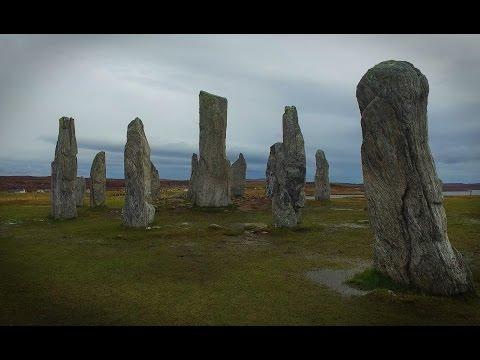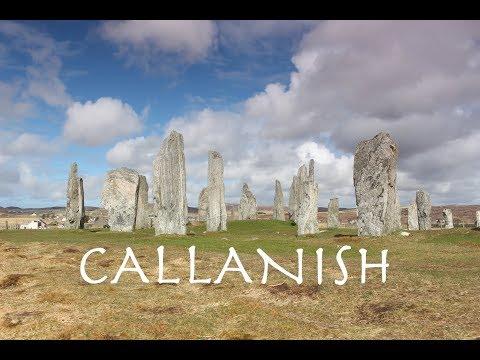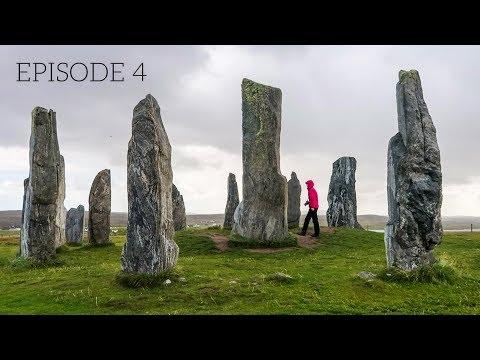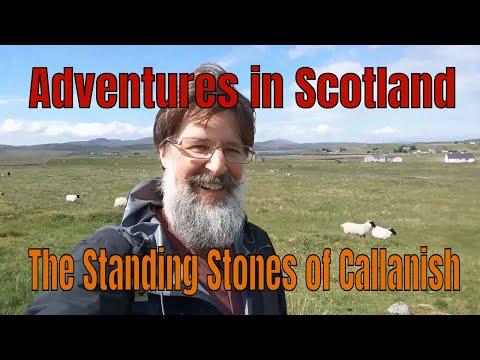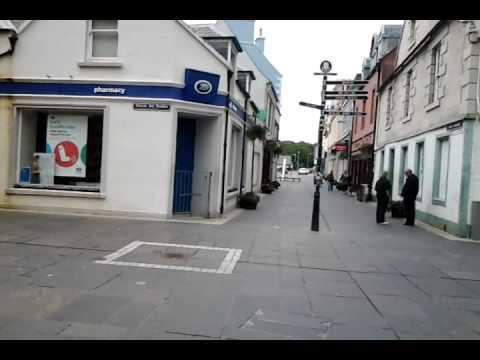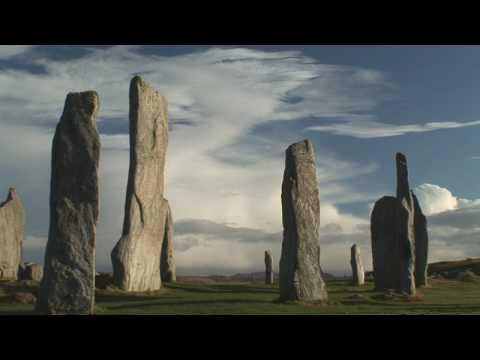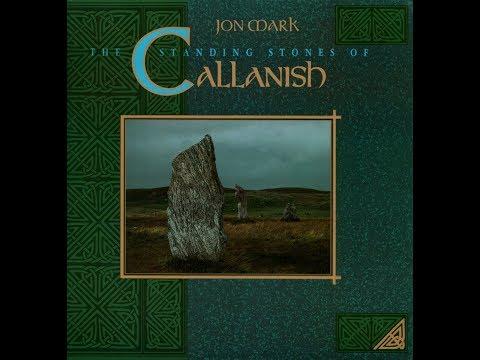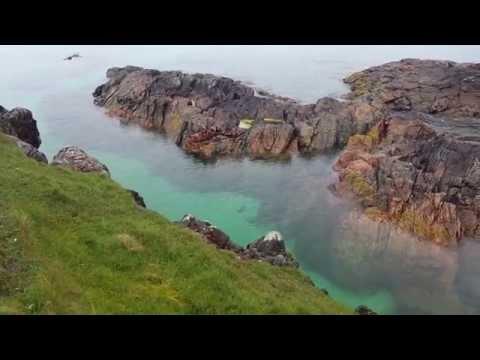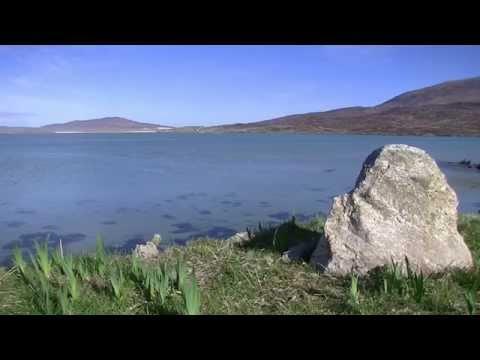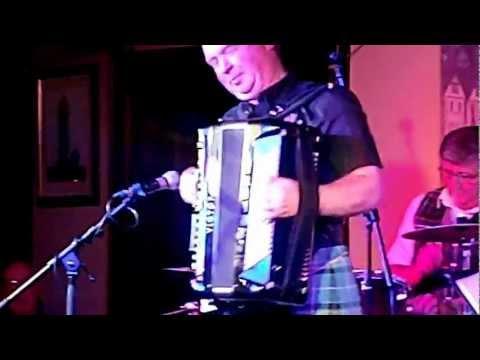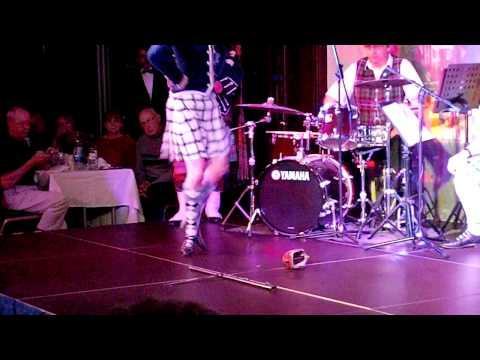The Standing Stones Of Callanish - Isle Of Lewis, Outer Hebrides, Scotland
Description
The Standing Stones of Challanish (Calanais or Chalanais in Gaelic) are described as a testament to the skills and determination of the people who lived in the area more than four thousand years ago. 'Construction of the site took place between 2900 and 2600 BC' says Wikipedia 'though there were possibly earlier buildings before 3000 BC. A tomb was later built into the site. Debris from the destruction of the tomb suggests the site was out of use between 2000 BC and 1700 BC. The 13 primary stones form a circle about 13 m in diameter, with a long approach avenue of stones to the north, and shorter stone rows to the east, south, and west (possibly incomplete avenues). The overall layout of the monument recalls a distorted Celtic cross. The individual stones vary from around 1 m to 5 m in height, with an average of 4 m, and are of the local Lewisian gneiss. Local tradition says that giants who lived on the island refused to be converted to Christianity by Saint Kieran and were turned into stone as a punishment. Another local belief says that at sunrise on midsummer morning, the "shining one" walked along the stone avenue, "his arrival heralded by the cuckoo's call." This legend could be a folk memory recalling the astronomical significance of the stones.
In 1984, Ultravox used an image of the stones on the cover of their album Lament. In 1988, Jon Mark released a CD, The Standing Stones of Callanish, intended to evoke Britain's Celtic legacy.'
